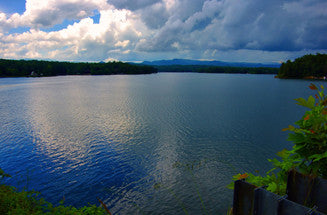Trump Clean Water Act rollback strips protections from many large public lakes

Drinking water source included on the list of now-unprotected waters
Popular lakes across the nation — even some drinking water reservoirs like South Carolina’s Lake Keowee — were stripped of protections against pollution by the Trump administration's gutting of the Clean Water Act that has yet to be reversed. For reference, Lake Keowee is a drinking water source for about 400,000 people in South Carolina, including Greenville and Seneca.
Under the previous administration, the U.S. Environmental Protection Agency and Army Corps of Engineers drastically narrowed the definition of American waterways protected by the federal Clean Water Act. Redefining what are known as the “Waters of the United States,” the EPA excluded millions of acres of wetlands and hundreds of miles of streams from federal protection.
A little-noted provision of the new rule also removes pollution protections from public lakes where people live and play, simply because the lakes were created to provide cooling water for industrial facilities. The rule now classifies these lakes as parts of “waste treatment systems” not covered by the Clean Water Act.
That exclusion means that many man-made lakes created to provide cooling water for coal or nuclear-fired power plants are no longer covered by pollution limits and other Clean Water Act protections. These lakes are common in the Southeast, where the number of natural lakes in many states is in the single-digits.


